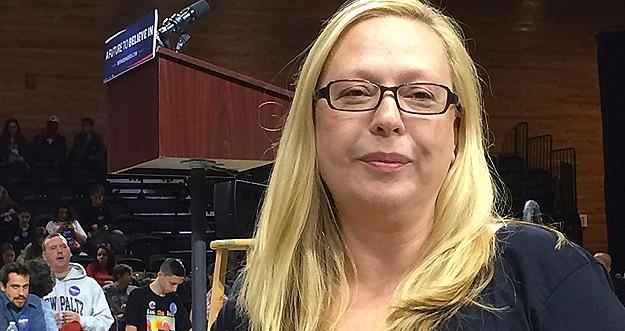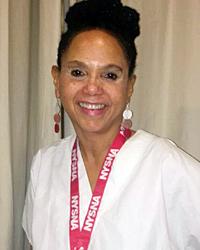Turning training into action

From one side, some hospital management continues to undercut safe staffing levels and other patient protections. From another, some state politicians challenge our fundamentals of care. From Washington, D.C., some policy makers threaten to turn back the clock on healthcare access and quality guarantees. These attacks add up to a critical challenge for NYSNA members to meet: keeping patient advocacy in the forefront.
We are meeting that challenge.
More than 1,000 NYSNA members have been trained in advocacy and organizing in the last three years at our union’s basic member leader training classes. Many continued on to advanced training at NYSNA’s 2016 Conference for RN Advocates held last March, where workshops explored the impact of trends in the healthcare economy on nurses at our facilities. Nursing and public policy were also on the agenda. Members dissected Protest of Assignment campaigns and organizing efforts, as they drafted campaign plans for local safe staffing advocacy and safe lifting rules and implementation.
We applaud the outreach carried out by participants beyond their own units, boosting attendance at NYSNA meetings and other events. Petitions to nurse managers on the key issues of staffing and workplace violence were up. Nurses have taken on leadership roles as LBU officers, Safe Staffing Captains and as members of Nurse Practice and Professional Practice Committees.
In their own words
For Lana Cohen, RN, a 20-year veteran of the Cardiothoracic Step Down Unit at Vassar Brothers Medical Center, NYSNA training helped her to engage more effectively.
“The role playing at the workshops was extremely useful. I had a chance to interact with nurses from all over and from all levels of seniority and experience. They offered constructive feedback on how to approach management on the issue of safe staffing in our units.”
Cohen took these lessons back to VBMC and put them to work. “We’ve been able to establish an ongoing process and conversation with management that has yielded improved staffing. We still have a ways to go, but staffing is not as crazy as it had been. Most important, we’ve generated respect on each side that has benefited both patients and nurses.”
Seeing the bigger picture
On POA instruction, she had this to say: “Learning what happens to the individual POAs we file, how NYSNA aggregates them and uses them to push for changes at the hospital level, in bargaining and in legislative campaigns is really useful. I’ve shared this with other VBMC nurses to get them engaged with the POA process.”

Kandi Foreman, RN
Kandi Foreman is a Family Nurse Practitioner at Harlem Hospital who also teaches student nurses. “After the NYSNA training, I started teaching my students about the importance of POAs. I want them to understand that wherever they eventually work, they will have this tool to protect their licenses and their patients.”
She also appreciated the training on understanding the work of other nurses. “I was given tools on how to look at situations from their perspectives. It’s always heartening to talk with nurses from other hospitals.”
Both nurses encouraged others to take advantage of NYSNA training. “It’s a very supportive, inspirational and powerful day,” said Foreman.
NYSNA’s 2017 RN Advocacy training agenda will cover challenges to nurses’ right to defend community health; strengthening the network of RNs and caregivers for patient advocacy; building political power for safe staffing; promoting health and safety in our facilities; and documenting staffing and patient care issues.
Strength in unity
“I’ve learned so much about how each individual’s action, when combined with others, can really make an impact,” said Cohen.
Foreman added, “When nurses stand together, we are such a powerful group. We have to tap into that power.”